Mac Blade Intubation: Techniques & Tips
Dec 21, 2023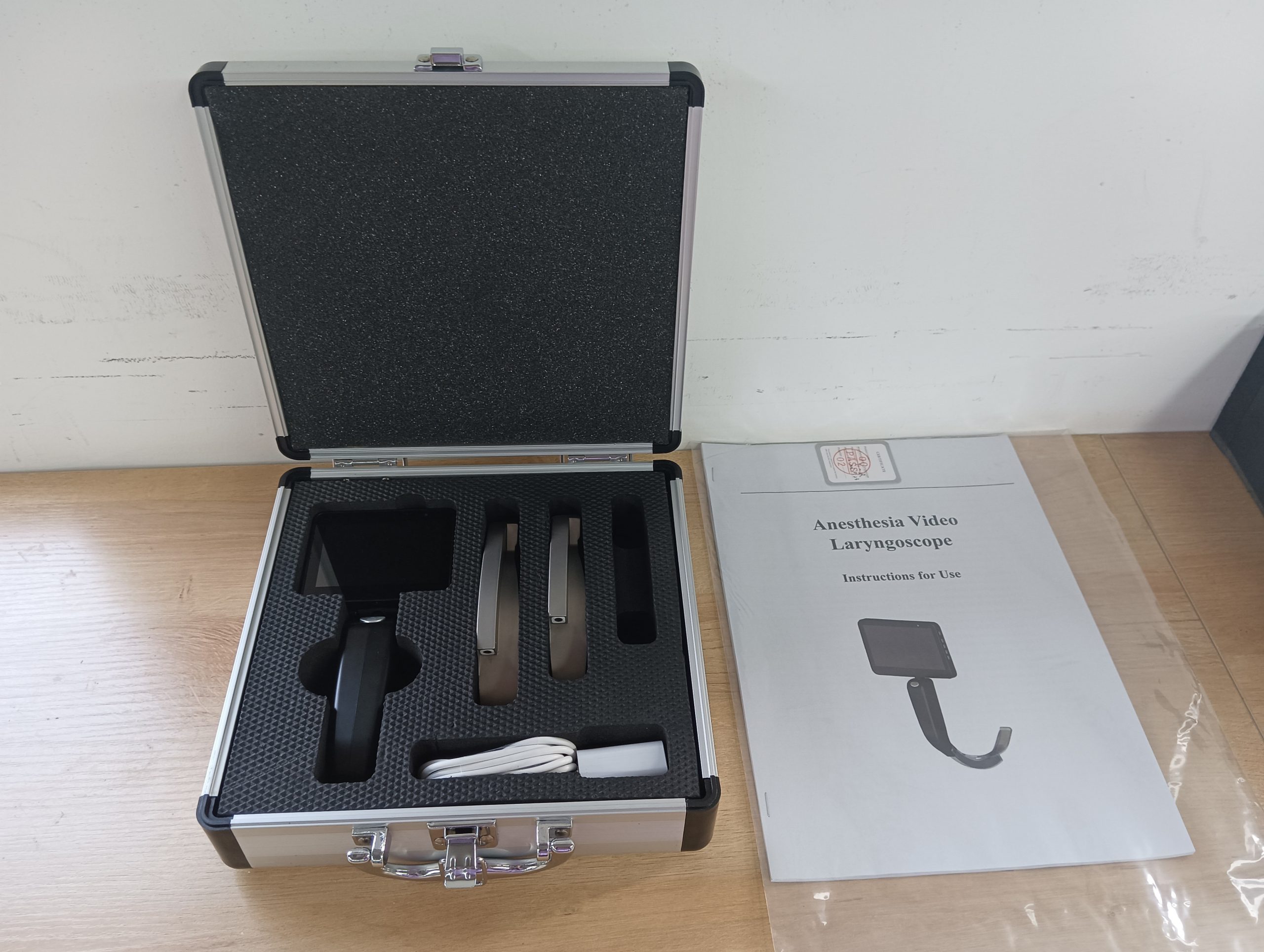
Mac blade intubation is a critical technique used in emergency and anesthesia care to manage a patient’s airway successfully. The mac blade itself is a type of laryngoscopy blade that is commonly used for endotracheal intubation. This technique is usually performed by healthcare professionals such as anesthesiologists, emergency room doctors, or critical care nurses. In this article, we will delve deeper into the mac blade intubation technique, exploring different intubation blades types with an emphasis on macintosh blades. We will also discuss the essential techniques and tips required to conduct a successful mac blade intubation, and the equipment needed to perform this procedure accurately.
By the end of this article, healthcare professionals will have a better understanding of the importance of macintosh blade intubation and efficient ways to conduct it. Applying the techniques and tips to their practice will help them master airway management, optimize intubation success rates and ensure patient safety.
Continue reading to learn more about intubation techniques and important factors to consider when performing mac blade intubation.
Stay tuned for a comprehensive guide on mastering the Mac Blade Intubation technique!
Understanding the Mac Blade
Intubation is a critical procedure that requires skilled experts and high-quality equipment. The blade is an essential tool in laryngoscopy, which is why understanding its features is vital for healthcare professionals. One of the most commonly used intubation blades is the macintosh laryngoscope.
The macintosh laryngoscope is a curved blade that fits over the tongue and lifts the epiglottis to expose the glottis. It is available in various sizes and materials, including stainless steel and disposable options. The blades have a curvature that allows for better visualization of the patient’s airway, enhancing the probability of success during intubation.
The macintosh laryngoscope’s design and functionality make it an effective tool in airway management. It is particularly suited to use in patients who have normal airway anatomy. Thus, healthcare professionals need to be skilled in its use to improve patient outcomes.
Mac Blade Intubation Techniques

Mac blade intubation is a critical procedure in emergency and anesthesia care that requires proper positioning, visualization of the glottis, and maneuvering the blade for successful intubation. The macintosh blade is commonly used for laryngoscopy in endotracheal intubation, and healthcare professionals must be skilled in using it to ensure optimal patient outcomes.
A crucial step in mac blade intubation is ensuring the proper positioning of the patient. The head tilt-chin lift maneuver is used to align the oral, pharyngeal, and laryngeal axes to provide the best visualization of the glottis. Once the patient is positioned correctly, the blade is inserted into the right side of the mouth, and the tongue is gently displaced to gain clear access to the oropharynx.
Visualization of the glottis is another crucial step in mac blade intubation. The blade must be lifted carefully and slowly to allow proper visualization of the vocal cords. If the hyoepiglottic ligament obstructs the view, the blade must be repositioned or lifted gently to allow a better view.
Maneuvering the blade correctly is essential to ensure successful intubation. The blade should be lifted and rotated away from the operator to lift the epiglottis and visualize the vocal cords. The endotracheal tube is then passed through the cords and advanced into the trachea.
It is essential to note that successful mac blade intubation requires proper training, experience, and ongoing education. Healthcare professionals must master the techniques and seek continuous training to ensure optimal patient outcomes.
Expert Tip: Using a “stylet” or a “bougie” can be helpful during mac blade intubation to guide the endotracheal tube and avoid trauma to the airway.
Intubation Equipment and Video Laryngoscopy
When it comes to mac blade intubation, having the right equipment is crucial. Without proper tools, the procedure can be risky and unreliable, leading to potential complications and adverse outcomes. Therefore, it’s essential to ensure that healthcare professionals have access to all necessary intubation equipment.
The first and foremost item required for mac blade intubation is the endotracheal tube. This tube helps air flow through the respiratory system by bypassing any obstructions in the throat or trachea. It’s essential to select the right-sized tube, and its placement must be precise. A stiff stylet can help make proper placement easier, and bougies are useful for navigating obstructions.
One of the most significant technological innovations in airway management is video laryngoscopy. Video laryngoscopes can aid healthcare professionals in providing better visualization and control during intubation. The video displays the image on a monitor, allowing medical personnel to see the throat’s interior more clearly. This feature is especially beneficial in difficult-to-manage cases, such as with limited mouth opening, severe obesity, or upper airway obstruction. Despite its benefits, video laryngoscopy comes with its potential challenges, like technical malfunctioning, and it may require more training and skill to operate.
Conclusion
Mac blade intubation is a crucial technique in emergency and anesthesia care that requires proper training and equipment to ensure successful intubation. By understanding the mac blade and its features, healthcare professionals can master the techniques and tips for proper positioning, visualization, and maneuvering of the blade. It is essential to have the right equipment, including endotracheal tubes, stylets, and bougies, and consider the benefits and challenges of video laryngoscopy.
Continuous training and education are critical for healthcare professionals involved in mac blade intubation to optimize their skills and ensure patient safety. As healthcare professionals continue to face challenging airway management scenarios, mastering mac blades intubation can make a significant difference in saving lives.
Categories
Latest Articles
Clinical comparison of foreign body removal procedures using rigid bronchoscopy, fiberoptic bronchoscopy, and flexible electronic bronchoscopy
Bronchial foreign bodies are a common emergency in pediatrics. Clinically, bronchoscopy techniques are typically used to remove the foreign bodies. Currently, the three main bronchoscopy techniques each have their own characteristics, and among them, the flexible bronchoscopy shows unique clinical value in pediatric patients. This article conducts a clinical application analysis of all three bronchoscopy ... Read more
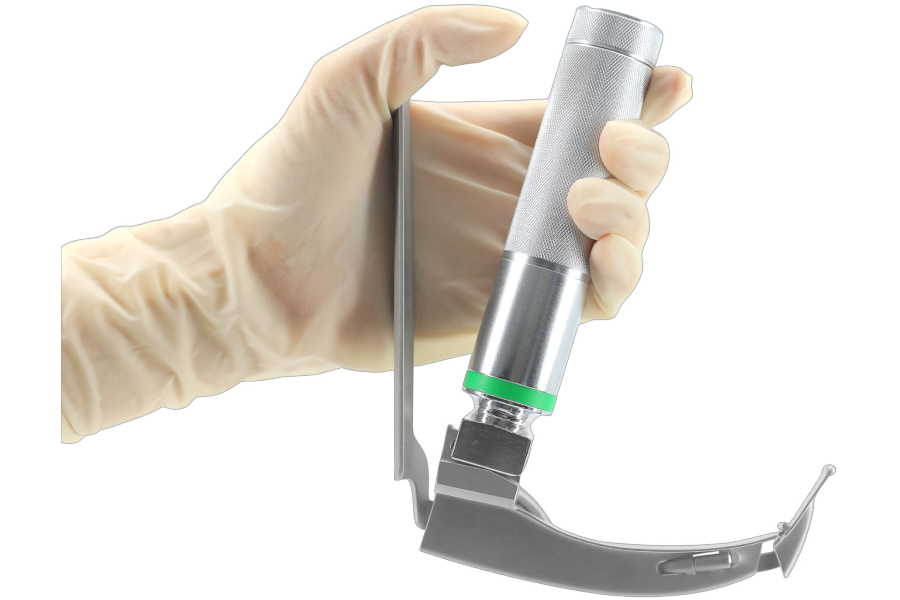
How Fibre Optic Laryngoscopes Improve ENT Procedures
In modern ENT procedures, precision and visibility are key. That’s where the laryngoscope fibre optic technology comes in. Unlike traditional tools, these advanced devices use fibre optics to provide a clear, well-lit view of the throat and vocal cords. This means doctors can see more and do more—with less risk to the patient. But how ... Read more
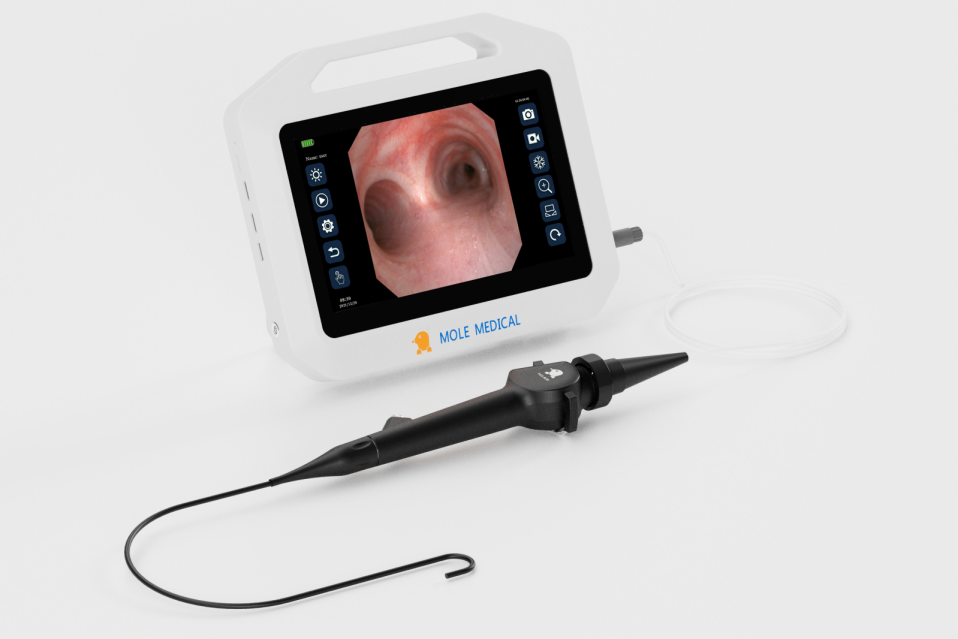
Flexible Laryngoscopy: A Clearer Voice for Quicker Diagnoses
Flexible Laryngoscopy is a powerful tool that helps ENT specialists do just that. It uses a thin, flexible scope to view the throat, vocal cords, and airway in real-time. The procedure is quick, non-surgical, and performed right in the clinic. For patients with voice changes, chronic cough, or throat discomfort, this method offers fast answers ... Read more
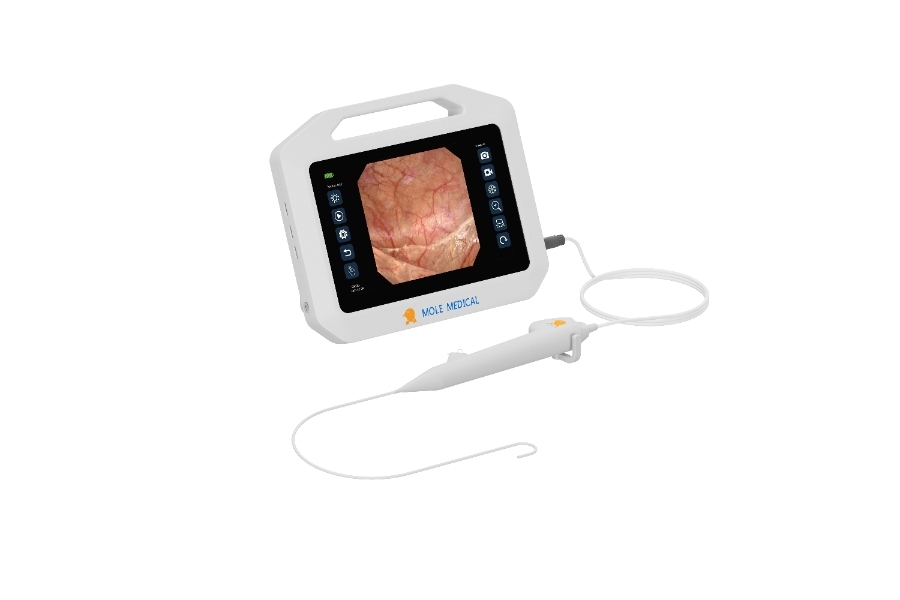
Smart Solutions in Ureteroscopy: Mole Medical’s Disposable Flexible Scope vs Karl Storz Legacy
In the field of urology, the name “ureteroscope Karl Storz” has long stood for precision and reliability. As a global leader, Karl Storz has set the standard for reusable ureteroscopes. But now, a new contender is entering the spotlight. Jiangsu Mole Medical, a national high-tech enterprise, is challenging the status quo. With a focus on ... Read more
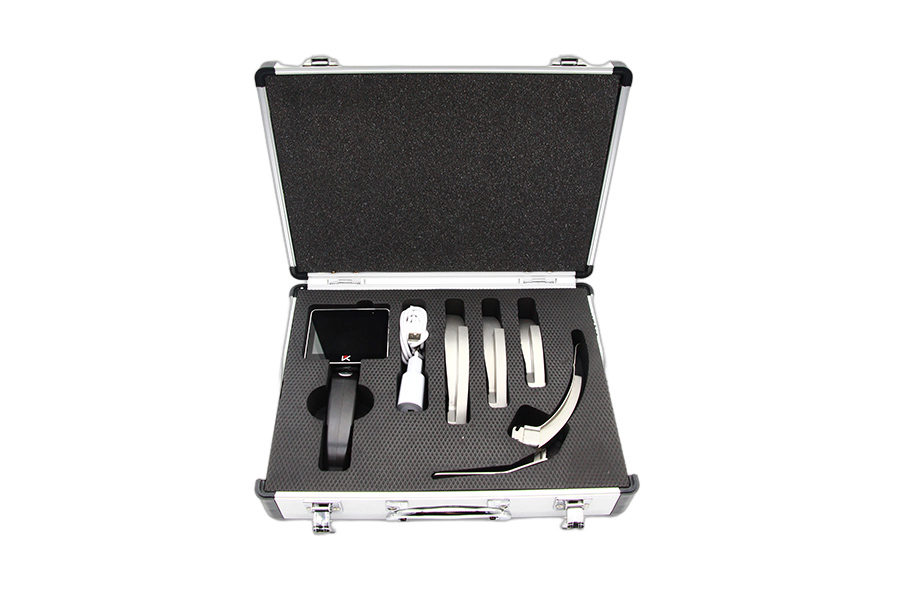
From ER to ICU: Why the Video Laryngoscope Is Becoming a Medical Must-Have
In recent years, the video laryngoscope has quietly transformed how doctors manage airways. From emergency rooms to intensive care units, this tool is now seen as essential. It offers a clearer view, faster response time, and higher success rates during intubation. Many medical teams no longer rely on traditional methods alone. Instead, they turn to ... Read more



